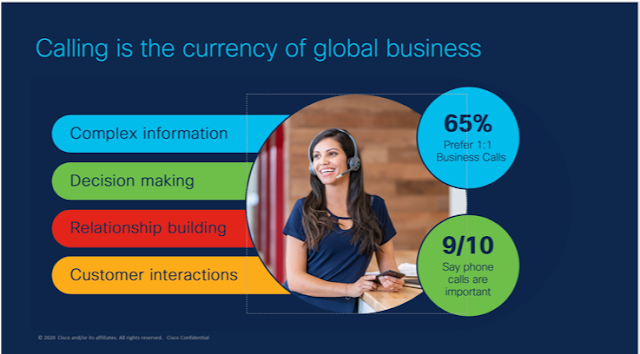Challenges Everywhere
In the 1980s, Cisco’s key product was the AGS Multi-Protocol Router, and alone it could solve a host of customer challenges. Today, our efforts to solve those challenges and provide the type of experience they demand has given way to multi-vendor and cross-architectural (multi-domain) solutions. These solutions are comprised of dozens of products and architectures across an array of companies.
The cloud has not alleviated the situation, as was promised early on. In reality, cloud has created additional complexity. Most customers are not only growing their business on-premises but also contending with the requirements of a hybrid-cloud environment. Interoperability between technologies and vendors adds yet another layer of challenges to be solved.
Security is paramount as no part of a corporate infrastructure can be left unprotected. The proliferation of personal devices into corporate IT also presents a new set of challenges. The mobile nature of today’s workforce requires wireless/mobility services that not only connect seamlessly, but also demand the same speed and reliability of hardwired devices. As corporate infrastructures continue to expand, the ability to manage multiple converged technology stacks has created even more complexity in the data center. The collision between software developers and network administrators creates challenges on how each side can complement each other to provide the best possible business solution for a customer or employer.
Clearly these are busy times! The questions I often hear from customers, are “This is crazy! Who can I trust to work with and figure this out? Who will put my best interests first and help me start down a path leading to my ultimate success?”
To make it work, you need people who thrive on complexity, problem-solving and change: the engineer.
Your Trusted Advisor: Systems Engineer
There has never been a better time to be a systems engineer (SE). With continuous change, it’s a good thing engineers thrive on complexity, and are comfortable being uncomfortable. Also, it’s a great thing that engineers at Cisco and our partners think about change in the context of customers and their ultimate experience. In fact, we hear from our customers who consistently note the Cisco SE as the individual they have the highest level of trust in to help them navigate these challenging waters. When customers are surveyed, they reference phrases like “put their interests first,” “honest/forthcoming,” and “Trusted Advisor.” When I speak live with customers it’s much of the same.
At Cisco within the global SE community we use a slogan to describe who we are, which I think captures things perfectly: “Masters of Transition since 1984.” That transition is alive 35 years later, and our systems engineering community is applying its skills very much as it did in the 1980s.
Have You Met Your Field Engineer?
While much of helping customers harness technology, and how it applies to their business, falls to the SE ranks, another group is becoming as critical to Cisco as the success of our customers. Field engineers (FE) have the deepest level of knowledge within technology disciplines across multiple vendors, help customers extract the value of the technology they’ve purchased, and work directly with customers to help train their employees to incorporate technology into the fabric of their work. The FE is the truest practitioner of technology expertise that exists within our industry. In short, if the FE isn’t successful then neither is the customer, partner, or Cisco. When customers ask, “who will see this entire project through with me”? I have a simple reply, “have you met your field engineer?”
Driving Success Forward
Threats are everywhere. Outages can potentially cost millions of dollars. Change windows are harder to secure. Technology updates bombard organizations non-stop on a daily basis. Your engineering teams carry the full weight and burden of how business can (and should) realize the benefits of Cisco technology.
With complexity at its highest, pace of change at its quickest, and threats lurking around every corner, this is without a doubt a new Age of Intelligence, and engineers can lead the way forward.




















